#Eurasia
Text

Arhavi, Artvin, Turkey | by Emre Ozturk
#Turkey#Travel#Travel Photography#Landscape#Bridge#Nature#Fog#Autumn#River#Arhavi#Artvin#Eurasia#Vertical#Forest
814 notes
·
View notes
Text
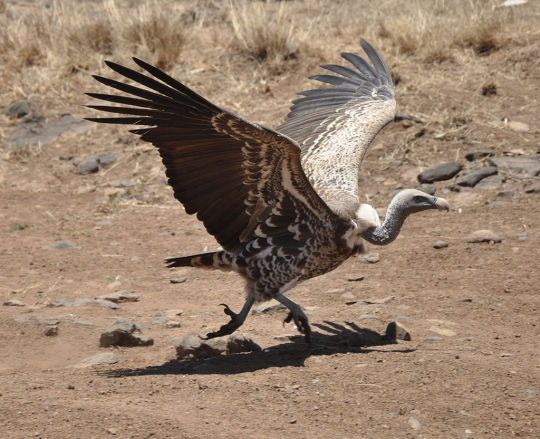
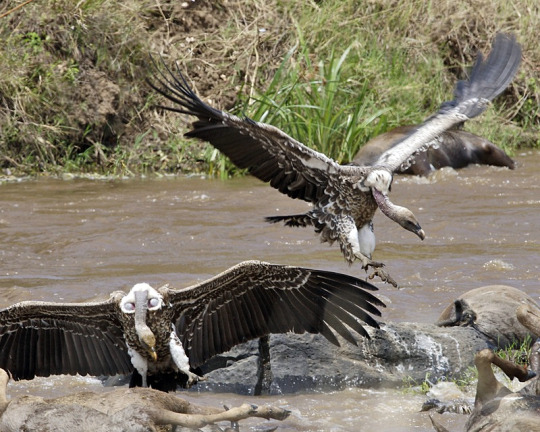
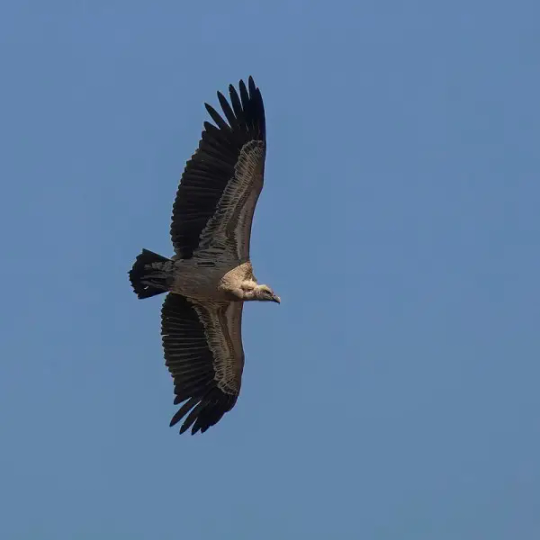
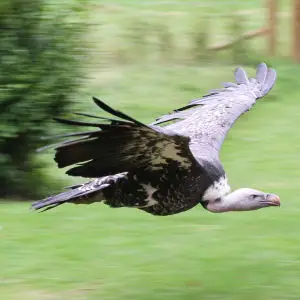

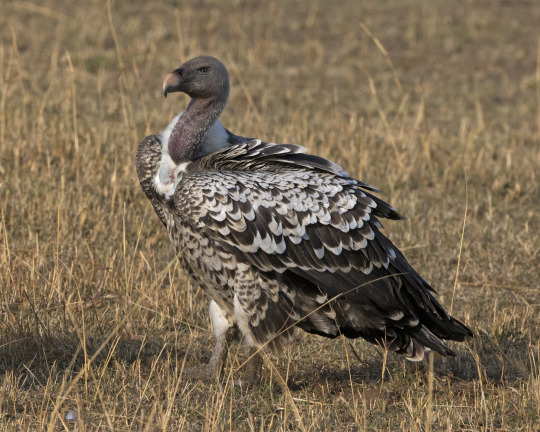
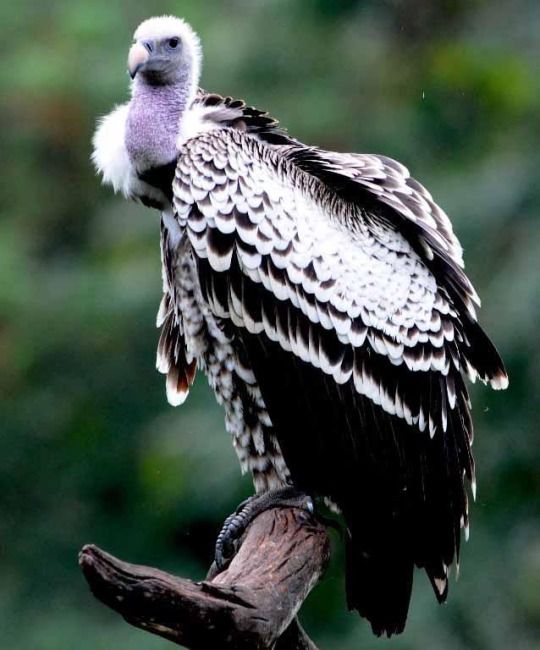
Rüppell's vulture also called Rüppell's griffon vulture, named after Eduard Rüppell, is a large bird of prey in the genus Gyps which is native throughout the sahel and eastern Africa including the countries of Algeria, Benin, Burkina Faso, Burundi, Cameroon, the Central African Republic, Chad, The Ivory Coast, Djibouti, Eritrea, Ethiopia, Gambia, Ghana, Guinea, Guinea-Bissau, Kenya, Mali, Mauritania, Niger, Nigeria, Rwanda, Senegal, Somalia, South Sudan, Sudan, Tanzania, Togo, and Uganda. Here they tend to inhabit grasslands, mountains, and open woodland. Rüppell's vultures are diurnal and very social birds, roosting, nesting, and feeding in large flocks. They spend much of their time flying at great altitudes, using strong winds and thermals to efficiently soar they are known to regular cruise at upwards of 20,000ft (6,000m) above the ground with some known to go as high as 37,000ft (11,300m) making them the highest flying bird. These vultures locate food by sight only, and often follow herds of animals. Once they find a carcass they swoop down, land a little way off, then bound forward with wings spread and their long neck outstretched. Even amongst old world vultures, Rüppell's vultures are specialized feeders with a spiked tongue and strong beak they can strip flesh with ease, and feed upon pelts, hides, and even the bones themselves. Reaching around 33 to 41in (85 -103cms) long, 14 – 20lbs in weight, with a 7.5-8.6ft (2.26 -2.6m) wingspan. They are one of the largest vultures in Africa, both sexes sport mottled brown or black feathering overall with a whitish-brown underbelly and thin, dirty-white fluff covering the head and neck. The base of the neck has a white collar, the eye is yellow or amber, the crop patch deep brown. The head does not have feathers. This species of vulture is considered to be monogamous, forming lifelong breeding pairs. They nest on cliffs in colonies up to a 1,000 strong. After courtship a pair will work together to build a nest using sticks, grass, and leaves that they have gathered or stolen from other nests, here the mother will lay 1 egg. Both parents share in incubation of their egg over a period of 55 days. Once the chick hatches, both parents will feed and tend to it for about 150 days when it fledges. Young remain dependent on their parents after fledging, not reaching independence until the next breeding season. Under ideal conditions a ruppells vulture may live up to 50 years.
#pleistocene#pleistocene pride#pliestocene pride#pliestocene#bird#dinosaur#vulture#ruppells vulture#africa#asia#europe#eurasia#flying#griffon#griffin#griffon vulture
436 notes
·
View notes
Photo

Armenian Folk Costume
#armenian#armenia#folklore#folk costume#ethnographic#europe#eurasia#asian#west asia#Eastern Europeans#caucaus#caucasian
257 notes
·
View notes
Photo
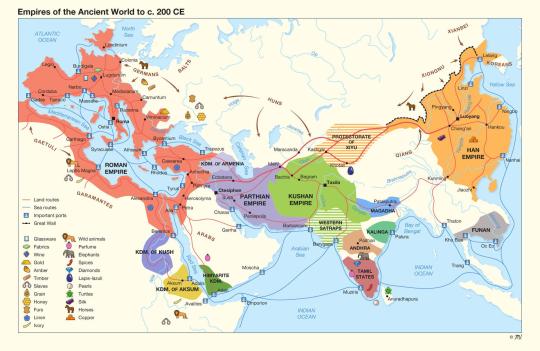
Ancient empires in Eurasia
by Porodicnostablo
214 notes
·
View notes
Text
At 8,000-years-old, the site of the oldest fortress known has been revealed by investigations in Siberia and challenges our understanding of ancient societies.
35 notes
·
View notes
Text



A particularly dramatic sky
05/22/23
52 notes
·
View notes
Text

🇦🇿🇦🇲 🚨 HIGHLIGHTS FROM THE RESULTS OF NEGOTIATIONS BETWEEN ARMENIA AND AZERBAIJAN
Baku and Yerevan published a joint statement according to which:
🔸Azerbaijan releases 32 Armenian soldiers as a gesture of goodwill
🔸Armenia releases two Azerbaijani servicemen
🔸Armenia withdraws its candidacy to host the 29th session of COP-29 on climate change in support of Azerbaijan’s candidacy
🔸At the negotiations between the Aliyev Administration and Pashinyan’s Office, an agreement was reached to take tangible steps to strengthen mutual trust
🔸Baku and Yerevan confirm their desire to normalize relations and reach a peace treaty based on sovereignty and territorial integrity
Via@RiaNovosti
#source
@WorkerSolidarityNews
#azerbaijan#azerbaijan news#azeri news#armenia#armenia news#azerbaijian armenia negotiations#negotiations#conflict#azerbaijani news#azerbaijan armenia conflict#artsakh republic#artsakh#eurasia#politics#geopolitics#news#war#wars#war news#war update#world news#global news#international news#international affairs#international politics#global politics#breaking news#current events#politics news#political news
20 notes
·
View notes
Photo

The tawny owl or brown owl (Strix aluco) is a stocky, medium-sized owl commonly found in woodlands across much of Eurasia
Photographer: LIBOR VAICENBACHER
#libor vaicenbacher#photographer#tawny owl#brown owl#strix aluco#owl#animal#bird photography#woodlands#eurasia#nature
34 notes
·
View notes
Text
The Siberian Unicorn

Reconstruction of an Elasmotherium, an extinct species of rhino that lived in the Eurasian area in the Late Pliocene and Pleistocene eras (around 39,000 years ago).
This animal could have been the basis for the unicorn myth that has persisted for thousands of years.
The Giant Siberian Unicorn, also known by its scientific name, Elasmotherium (E. sibiricum), is an extinct species of giant rhinoceros that had an extremely large horn on its forehead and a body covered in shaggy fur.
It was first named by Johann Gotthelf Fischer von Waldheim (13 October 1771 – 18 October 1853) in 1808. He was the director of the Natural History Museum in Moscow.
The Giant Siberian Unicorn was about the size of a mammoth. However, early reports say this beast weighed up to 4 tonnes, stood at 6.5 feet tall, and was about 14.76 feet long.
It has been debated on if this animal would gallop like a horse or would walk hunched over with his head to the ground like a bison.
The beast's front feet were larger than the rear and it had just three digits.
It is also debated on whether it had a giant horn on its head or not. Most experts believe it did as there is reasonable evidence of it having a horn based on the skulls they have found.
The skulls had a protuberance that suggested it was the base of a large horn.
The use of this horn could have been to dig for food, attract mates, and for self-defense.
It is believed that their horns and hooves were made of keratin — that is, if the horns did exist.
The Giant Siberian Unicorn lived in the Eurasia region during the late Pliocene and Pleistocene periods.
Giant rhinos have been documented from as late as 2.6 million years ago.
A skull was found in 2016 that was perfectly preserved and was of a very old male.
The skull was found in the Pavlodar region of Kazakhstan. It was proven that they died out just 29,000 years ago.
Previously, it was believed they died out around 350,000 years ago, which means they were around when early humans were alive.
From looking at their teeth, it is believed the Siberian Unicorns were herbivores with a diet of grass, plant bulbs, and tubers.
They think this creature could have used its horn to dig up plant bulbs and tubers to eat while also grazing on grass.
Weighing four tons means it would have to eat a lot, so it is thought they would travel miles just grazing and digging up plants to eat.
It is still unclear what caused the death of these beautiful giants.
Little evidence has shown us how they died out, however, scientists believe it could have been environmental factors that resulted in their extinction.
Others believe it could be due to having such a restricted diet or being a “picky eater.”
After the Ice Age ended, the grasslands began to shrink, causing fewer areas for the giant rhino to eat.
Human hunting may also have a hand in its extinction.
Natural History Museum, Moscow
#Elasmotherium#Siberian Unicorn#rhinoceros#Late Pliocene#Pleistocene#Giant Siberian Unicorn#Johan Fisher von Waldheim#Natural History Museum#horn#herbivores#extinction#Eurasia#palaeontology#fossil record#fossils#saint of the day#Moscow#Russia
7 notes
·
View notes
Text



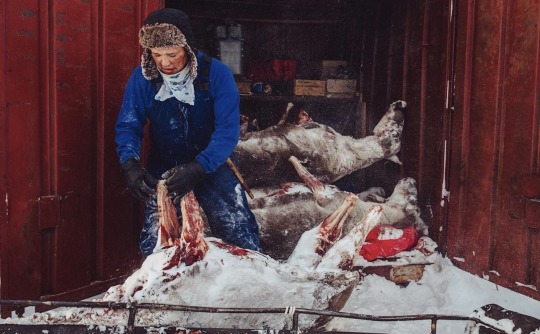
March 6, 2020, Deer hunting in Bulun district of Yakutia (Sakha) — Max Avdeev
9 notes
·
View notes
Text

Rise, Turkey | by Ayden Kiraz
#Landscape#Travel#Nature#Landscape Photography#Travel Photography#View#Mountains#Turkey#Rize#Eurasia#Vertical#Cliff
631 notes
·
View notes
Photo

Beyond the Silk Roads: Trade, Mobility and Geopolitics across Eurasia
This is the story of the "informal networks" established and maintained by mobile traders from the modern geographical region of Afghanistan who move goods across Eurasia in the 21st century. Magnus Marsden builds upon the historical and cultural contexts that bridge the gap between Kabul and other manifold places such as China, Turkey, the former Soviet republics, and Saudi Arabia. Beyond the Silk Roads challenges the dominant paradigm in the academic discipline of global geopolitics, which assumes a "top-down" approach and focuses on nation-states as the sole drivers of geopolitics.
Continue reading...
60 notes
·
View notes
Text

Kyrgyz Beauty
172 notes
·
View notes
Text

Time to shake the delusional haze from your eyes, Israel, you can't ignore everyone telling you to stop forever.
#gaza#free gaza#gaza strip#palestine#free palestine#news on gaza#irish solidarity with palestine#al jazeera#israel#boycott israel#China#Shangai Cooperation Organisation#Eurasia
15 notes
·
View notes
Text
Two groundbreaking studies have analyzed the largest genetic prehistoric record of Europe, finding Western hunter-gatherers survived the Ice Age, while their Eastern counterparts were replaced by newcomers. The tough question is, why?
#Modern Humans#Neanderthals#Eurasia#Europe#Iberian Peninsula#paleogenetics#genetics#ancient#history#ancient origins
47 notes
·
View notes
Text
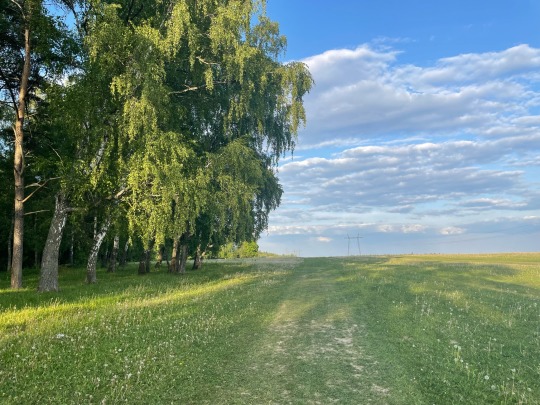
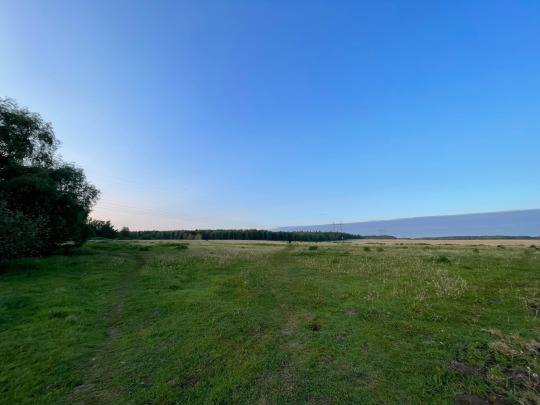
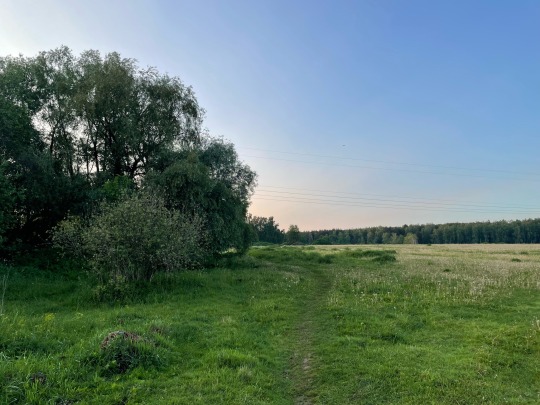
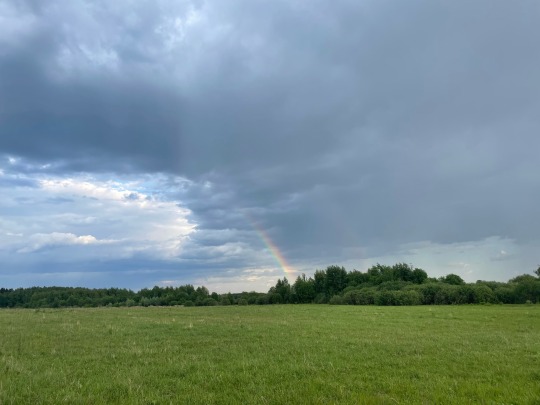

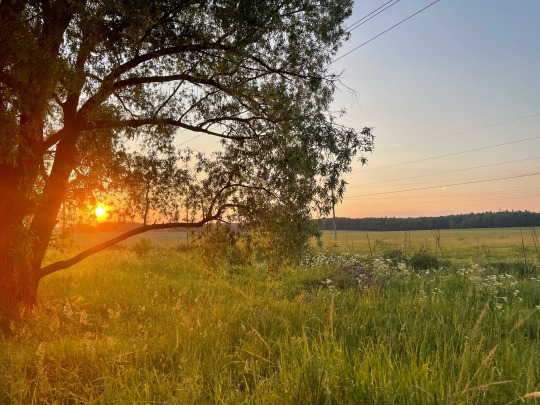
Fresh June vibes 🍃
40 notes
·
View notes